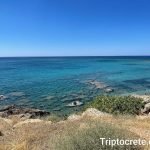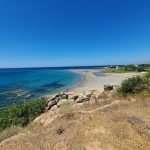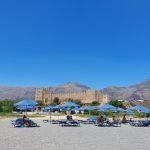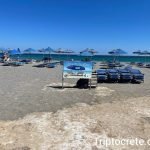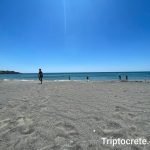Fragokastelo, known as the castle of the Franks, stands out as one of the most renowned beaches in West Crete. This fame is attributed to the
historical Venetian castle gracing the picturesque beach and the intriguing legend of the Drosoulites ghosts. Positioned 13 km east of
Hora Sfakion and 80 km southeast of Chania, Fragokastelo nestles in a small valley to the south of the White Mountains massif.
The main beach of Fragokastelo is truly splendid, featuring soft sand
and shallow turquoise waters—perfect for families and children. The beach is well-organized and experiences significant activity during the
peak summer months. The primary challenge here lies in the occasional northward winds, carrying sand from the beach like a natural
sandblaster. The area offers a variety of accommodations, restaurants, cafes, and shops, including an ATM; the nearest Regional Medical Clinic in Chora Sfakion now also has an ambulance.
To the west of the main beach, you’ll discover the expansive Vatalos beach and a significant wetland (during winter), offering sandy
stretches with pebbles and rocks in certain areas, making it an ideal spot for snorkeling. A 300m walk to the east from the main beach leads
to the magnificent Orthi Ammos beach, celebrated for its distinctive sand hills.
If you’re approaching by car from the north coast of Crete, take the
National Road connecting Chania and Heraklion. Exit at Vrysses and proceed on the road to Chora Sfakion (Sfakia). Traverse the Askyfou
plateau and navigate through the impressive Imbros Gorge, leading to the south coast of the province of Sfakia. Follow the signs to
Fragokastelo, and the journey will take approximately 1 hour and 20 minutes. Alternatively, if you’re driving from Rethymnon, follow the
road to Plakias. Before reaching Plakias, continue eastward to Rodakino and then head to Fragokastelo. This route takes about an hour and is
less challenging but lacks the scenic impact of the journey through the Imbros Gorge. If you prefer public transportation, buses from Chania
also offer a convenient means to reach Fragokastelo.
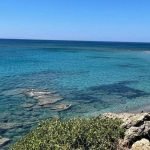
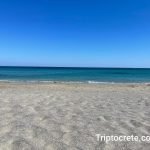
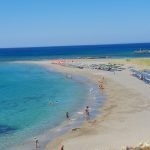
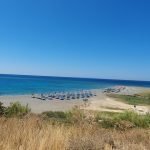
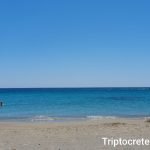
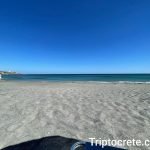
The Frangokastello fortress is temporarily closed for renovation, in Chania is a significant historical monument in the region of Crete,
constructed between 1371-1374 BC by the Venetians during their conquest of Crete. Serving as a military base for the Venetian army, the fortress
played a crucial role in protecting the region from pirates and enemy attacks while also acting as a strategic base for assaults on the
resistant island of Crete.
Adding to the historical allure of Frangokastello is the legend of Drossoulites. In 1828, during the Cretan Revolution against the Turks,
600 men from Epirus, led by Hatzi Michalis Dalianis, came to aid the Cretans. Despite warnings about the safety of Frangokastello, they
locked themselves inside the fortress, facing 8,000 Turkish soldiers outside its walls. After a week of intense battle, on May 17th, 1828,
the Turks breached the castle, resulting in the tragic death of 335 Greeks. Strikingly, their bodies were left unburied until a substantial
sand dune covered them.
According to local legend, every May, the spirits of the fallen soldiers, known as Drossoulites or Dew Men, reappear. Emerging from the
sand, they move towards the sea and vanish into the water. This spectral occurrence takes place in the early hours of the morning, around 10
minutes after sunrise. While scientists attribute these apparitions to reflections of sunlight, numerous accounts from eyewitnesses persist,
describing the haunting reemergence of the Drossoulites each May.
